Production process
Raw materials and professional craftsmanship
A fascinating aspect that strikes those who enter our production department for the first time is seeing how men and machines are engaged, like musicians in an orchestra, in a series of skilled manual operations, carefully coordinated in time and space.
Each shoe - whether it is crafted for leisure, trekking, mountaineering or hunting - is made in-house through a long and complex procedure that requires at least a hundred phases, before the finished product is packaged and sent to the end customer.
-
 Design
Design -
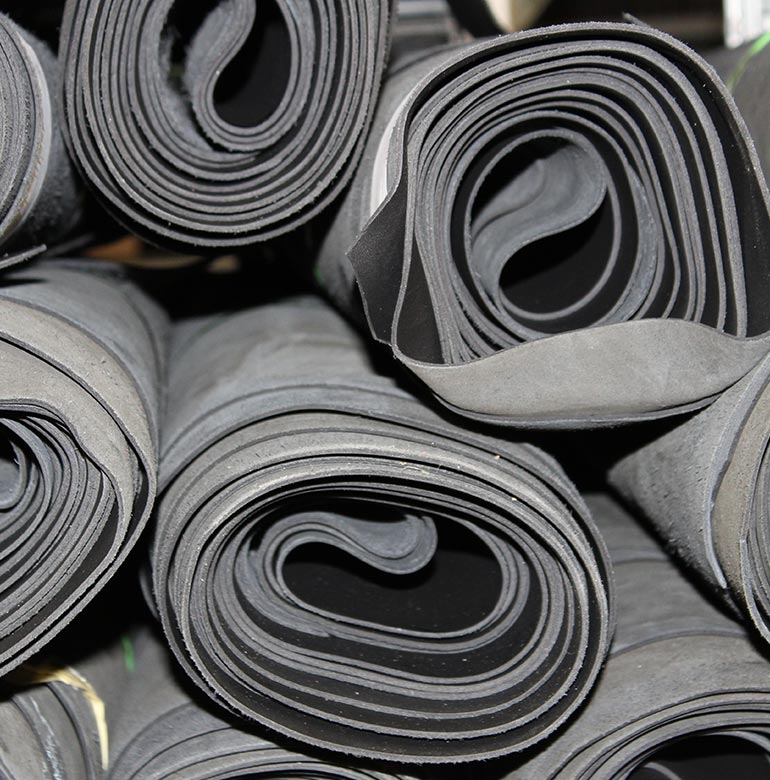 CHOICE OF LEATHER
CHOICE OF LEATHER -
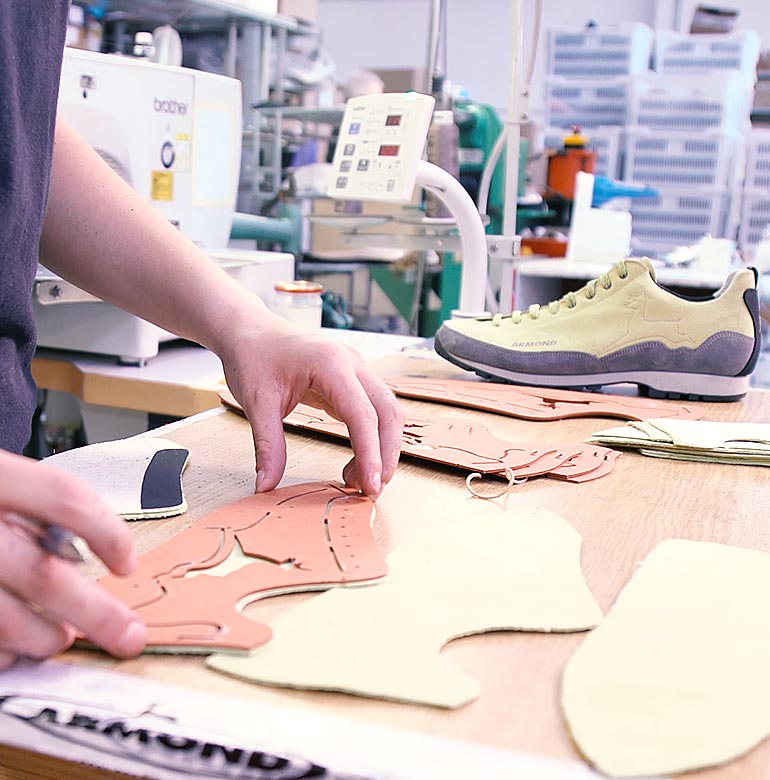 UPPER PREPARATION
UPPER PREPARATION -
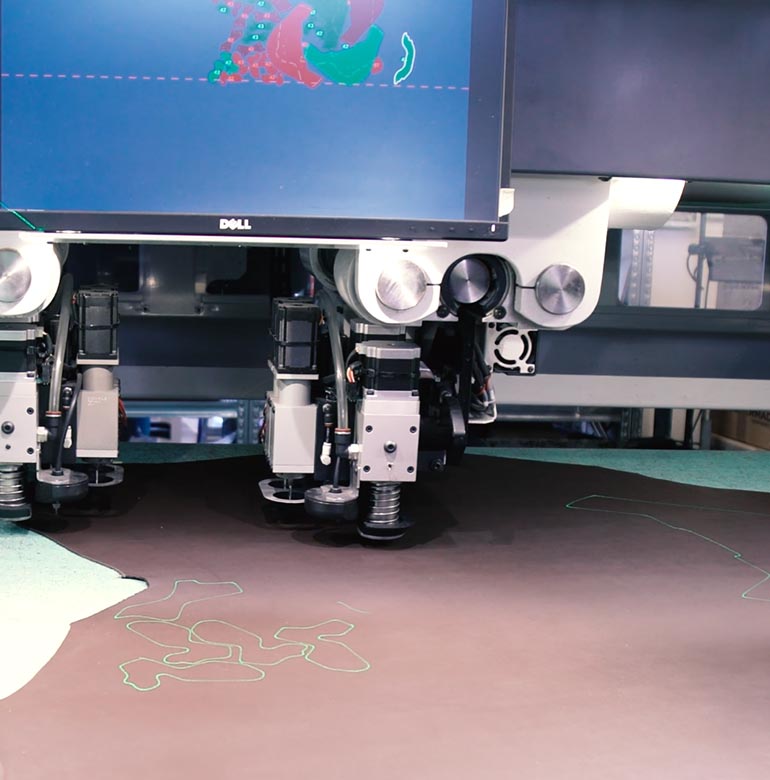 Cut
Cut -
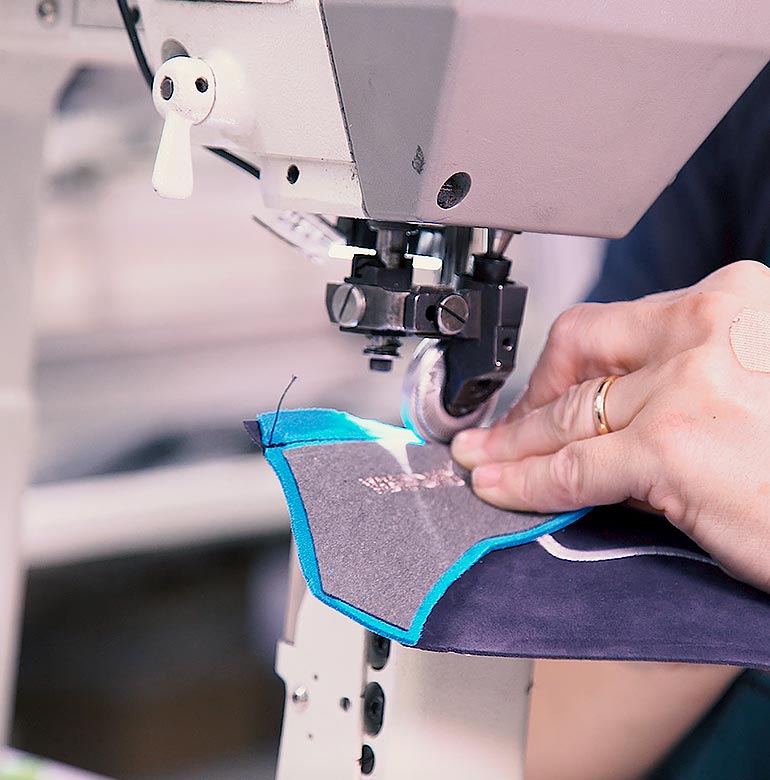 Hemming
Hemming -
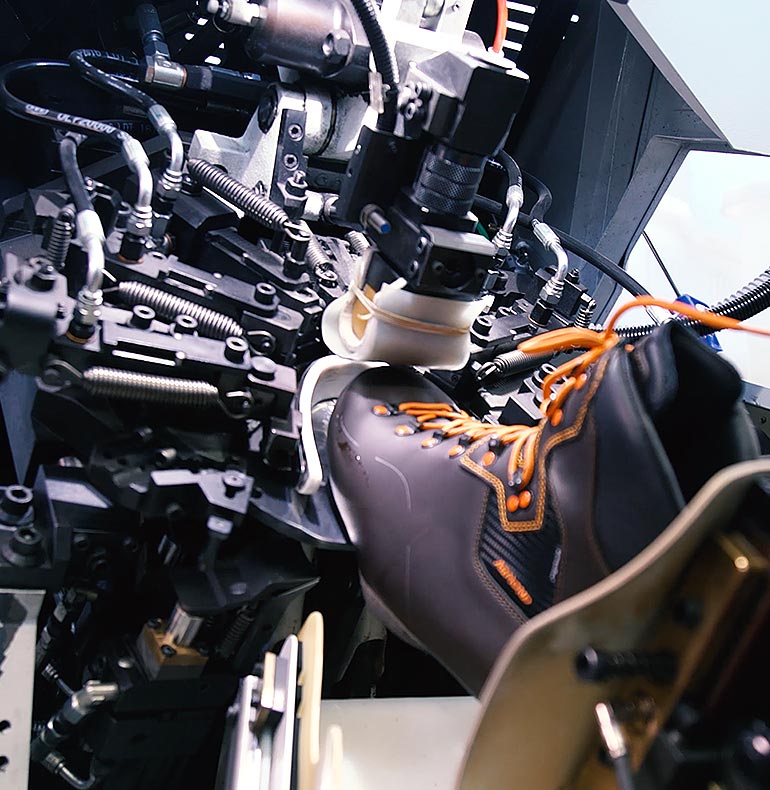 Assembly
Assembly -
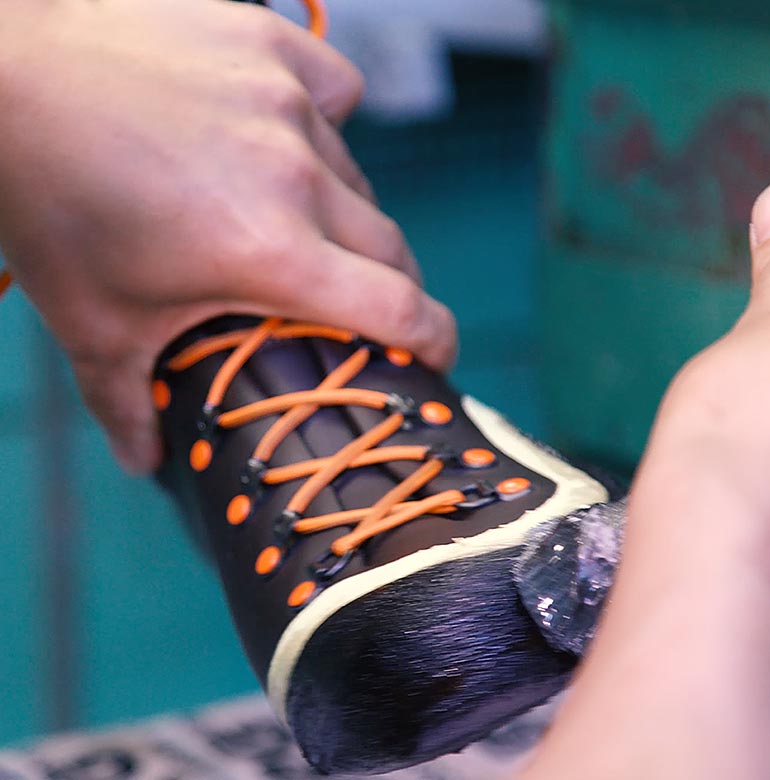 Bottom processing
Bottom processing -
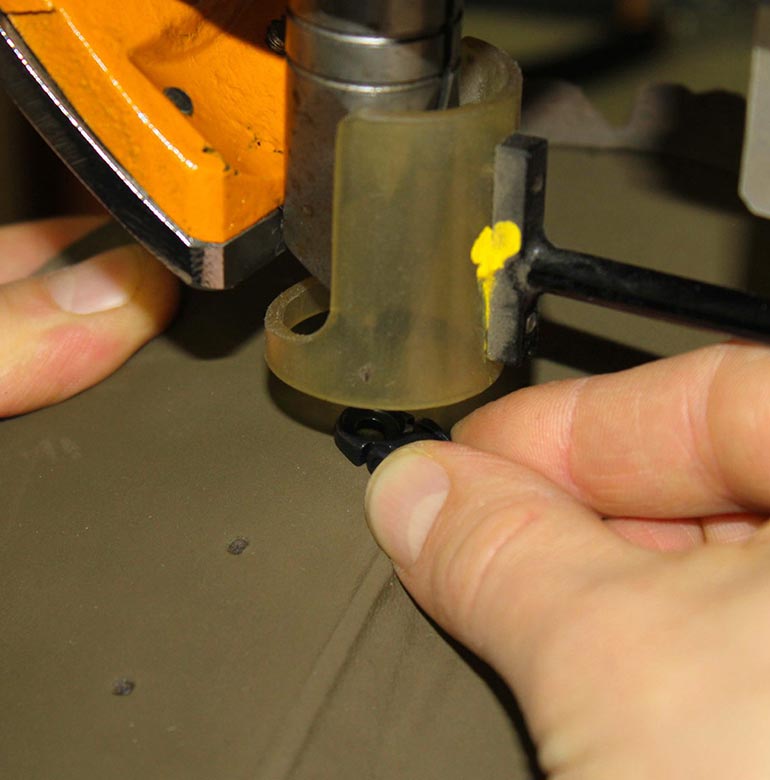 Small part allplication
Small part allplication -
 Finishing and Shipping
Finishing and Shipping
- Design
- The design of Armond footwear combines prestigious Made in Italy creative know-how with the sourcing of new materials and technologies to enhance comfort and performance. Each model responds to specific market demands and industry trends.
- CHOICE OF LEATHER
- At Armond, we are standard bearers for a tradition founded on the selection of the best-quality raw materials, and all our leather is sourced from local suppliers with the utmost attention paid to quality, technical performance and aesthetic characteristics.
- UPPER PREPARATION
- The upper is the top section of the shoe which, in subsequent steps, will be attached to the sole. Depending on the model, it can be just one single piece or made up of different materials (leathers and innovative technical fabrics) joined together in a process requiring great craftsmanship.
- Cut
- The cutting operation is carried out by means of a set of dies or with a special computerized machine that plans the parts to be cut from the hides.
- Hemming
- Stitching is the process of joining the various pieces that make up the upper. Using professional sewing machines, the work is carried out using special markings and reference points until an initial pre-formed shape is achieved.
- Bottom processing
- The processing of the base is a complex operation that involves several stages: the "preparation of the upper" with the insertion of the last into the insock and the application of the insole which is glued on. The next steps are "closing the base", "roughening", "preparation of the soles" and "gluing" which culminate in the manual application of the sole.
- Small part allplication
- The application of small components is the stage where the hooks and eyelets used for the laces are fixed to the upper. These small components ensure footwear can be correctly laced up as well as enhancing the aesthetic appeal of the footwear. Components are available in a wide range of materials, shapes and colours.
- Finishing and Shipping
- Once at the end of the production line, the shoe is boxed ready for shipping. But first it undergoes a final preparation phase which involves cleaning of any production residues, treating with protective waxes and brushing.